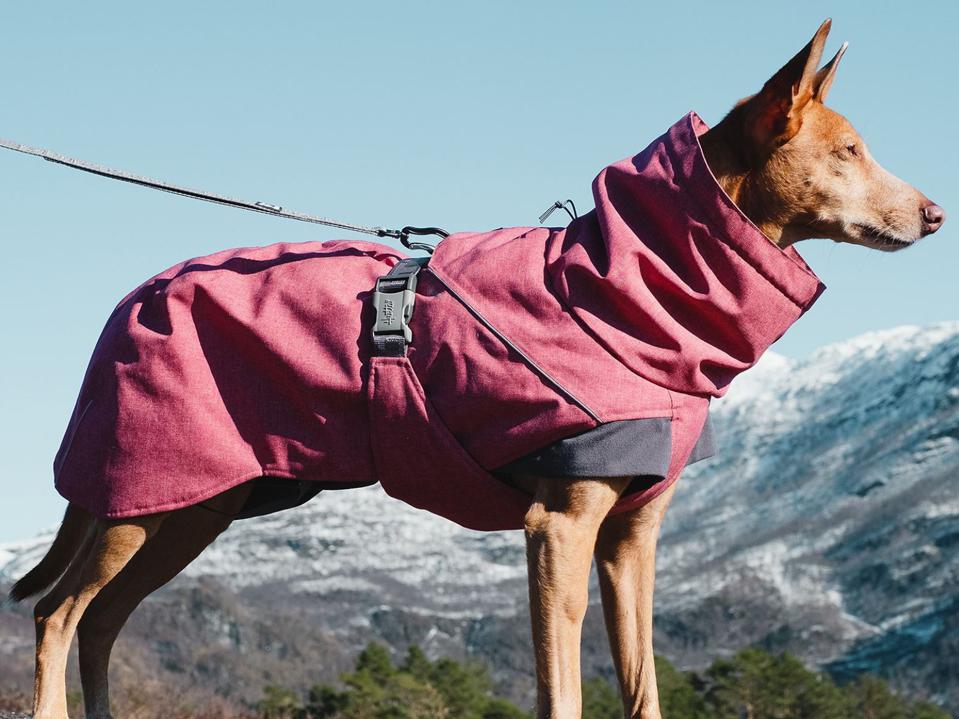
As temperatures fall the dog’s owners may be thinking about whether their pets require the winter jacket to remain secure and warm throughout the cold winter months. There are many dogs who do not need winter coats however, in certain instances the added layer of warmth may cause more harm than good. In certain conditions, many dogs will benefit from an additional layer of security from the elements. Find out whether it’s appropriate and appropriate to put on a winter coat for your pet.
Why do people buy Winter Coats for Their Dogs?
Sometimes the choice to put a winter coat on a dog can be pure emotion. The thought of walking your dog through frigid temperatures can be emotionally stressful because of the concern you have for your pet. Since most dogs require time outside in order to go to the bathroom and release excess energy, it’s no surprise that dog owners would take a rather-safe-than-sorry approach.
Sometimes, the choice is influenced by fashion. In the year 2019, it was reported that the American Pet Products Association reported that $16.01 billion was spent over the past year on pet clothes and collars as well as leashes, toys, and pet tech, which was up seven percent over the prior period. As the younger generation transitions from pet ownership to parenthood, the industry of pets is shifting towards an increasingly “humanistic approach” leading brands to provide high-end pet products and a wider selection of pet clothing.
Do You Need to put a Winter Coat on the dog?

There are a variety of variables to consider in deciding whether you should put on a coat for winter for your pup. It’s crucial to think about the wind chill, whether your dog is likely to be soaked, and how much sun it is prior to going out with your dog. If you are unsure take your time and play it safe. You are able to remove the coat in the event that your dog seems to be overheated. If you’re outside at night and notice your dog shaking, seeking out warmth, limping or slowing down, or appearing nervous or upset in any way you should go inside.
A dog’s age and health status, as well as acclimatization to cold temperatures, must be taken into consideration. Senior and very young or unwell dogs are more likely to struggle to stay warm, even in mild weather A healthy adult dog who’s familiar with cold temperatures is usually content even when it’s extremely cold.
Which Dogs require a winter Coat?
Smaller dogs have a larger surface area they lose heat than larger dogs, and all things being equally smaller dogs benefit from coats with higher temperatures than larger dogs. Some breeds that fall into this category are Chihuahuas and toy terriers or miniature pinschers. Body fat is a great way to hold heat, which is why dogs with thin furs, such as the Whippet as well as a Greyhound can typically appreciate a coat more than a dog that is overweight. Dogs with thin fur are prone to getting cold easily which is why they are the best candidates for winter coats.

However big dogs who have thick or long hair with thick double coats don’t need the winter coat. Its weight can reduce the natural insulation capabilities of the fur. Dark fur is more able to absorb heat from the sun than lighter fur. The activity of a dog generates lots of heat, and therefore all dogs are warmer when they’re playing around instead of sitting in a quiet place. The following dogs seldom (if ever) require a coat for winter due to their size, length, and thick fur:
- Huskies
- Newfoundlands
- Chow Chows
- Pomeranians
- Komondors
- Havanese
- Bernese Mountain Dog
- Bearded Collie
- Great Pyrenees
Before deciding to (or decide not to) put on a coat for your dog in winter consult your veterinarian for recommendations specific to your pet.
How to Select a Winter Coat for your dog

If you’ve decided that your dog may need an outer coat for winter and have received approval from your veterinarian, you’ll have to determine what kind of coat your dog will require. The first step is to consider the kind of fabric your coat for your dog should be made of. Consult your veterinarian for suggestions regarding materials that will work with your dog’s coat.
Consider the measurements of your dog prior to purchasing the winter coat, because the size of your dog is determined by the dog you have. Make use of a tape measure to take measurements of your dog, that will allow you to decide if the item you are purchasing is suitable for your dog. It is important to ensure that the coat you pick isn’t too loose or tight enough to slide across the floor or slide off your pet or stop the dog’s movement as it should.